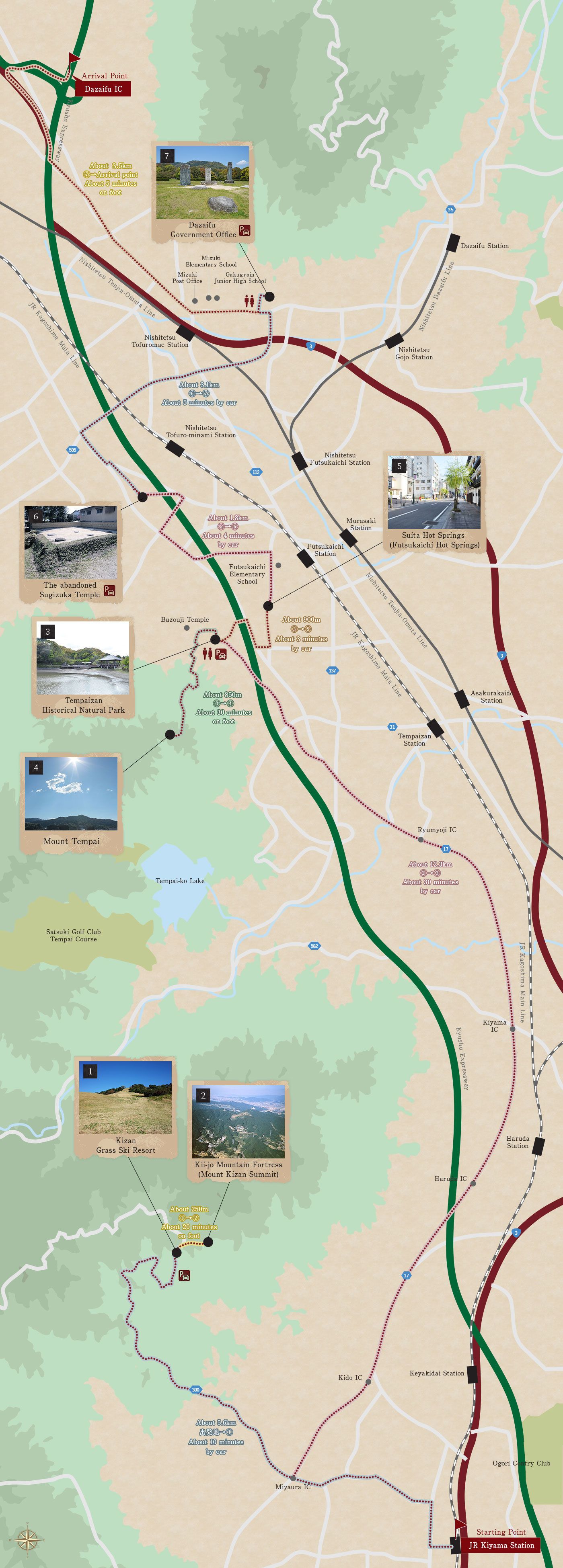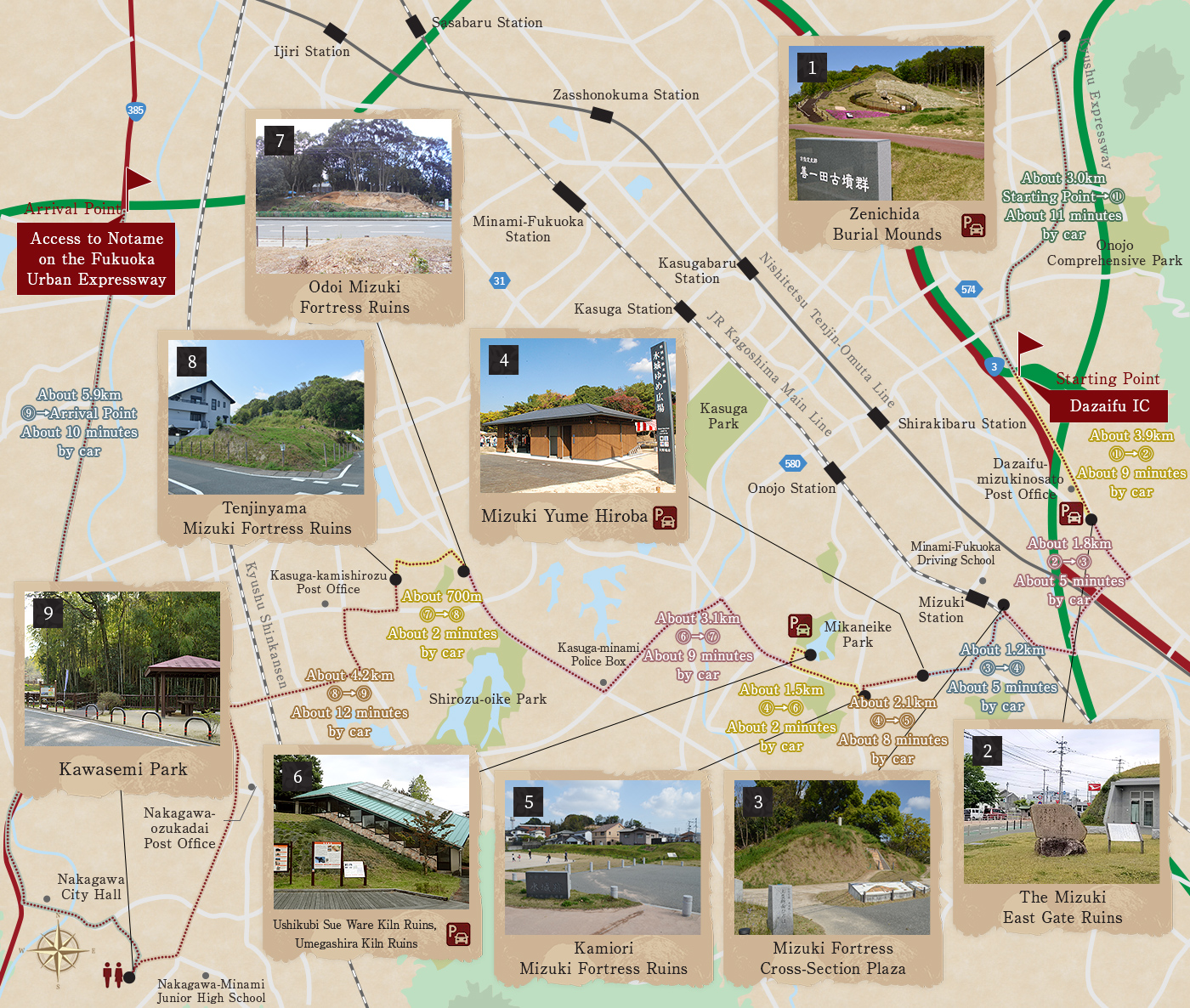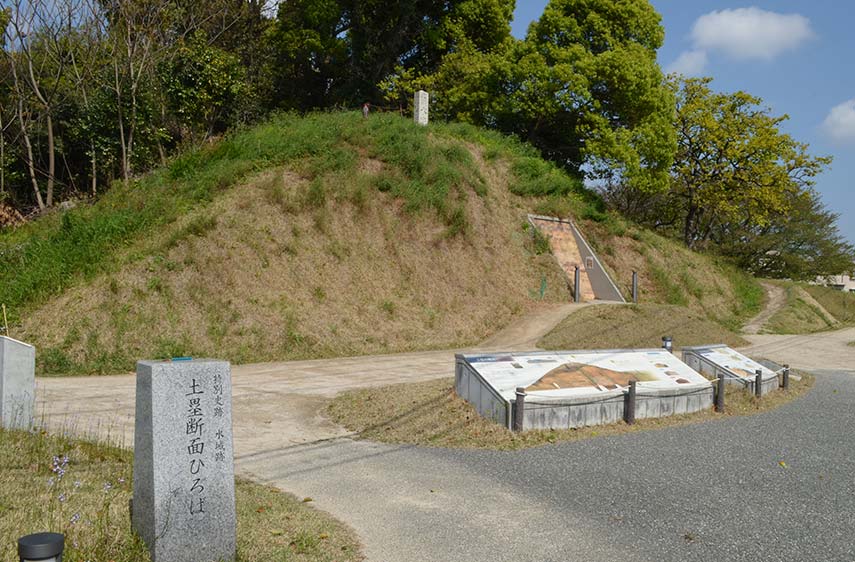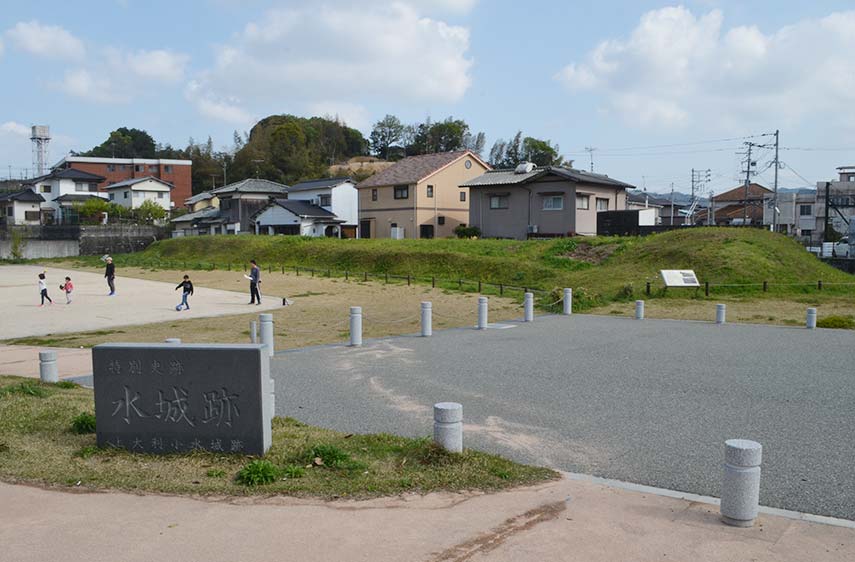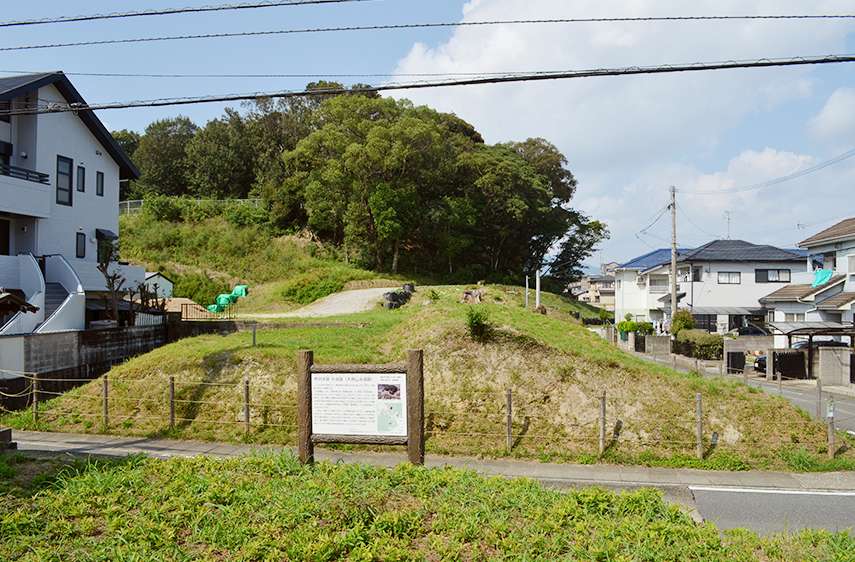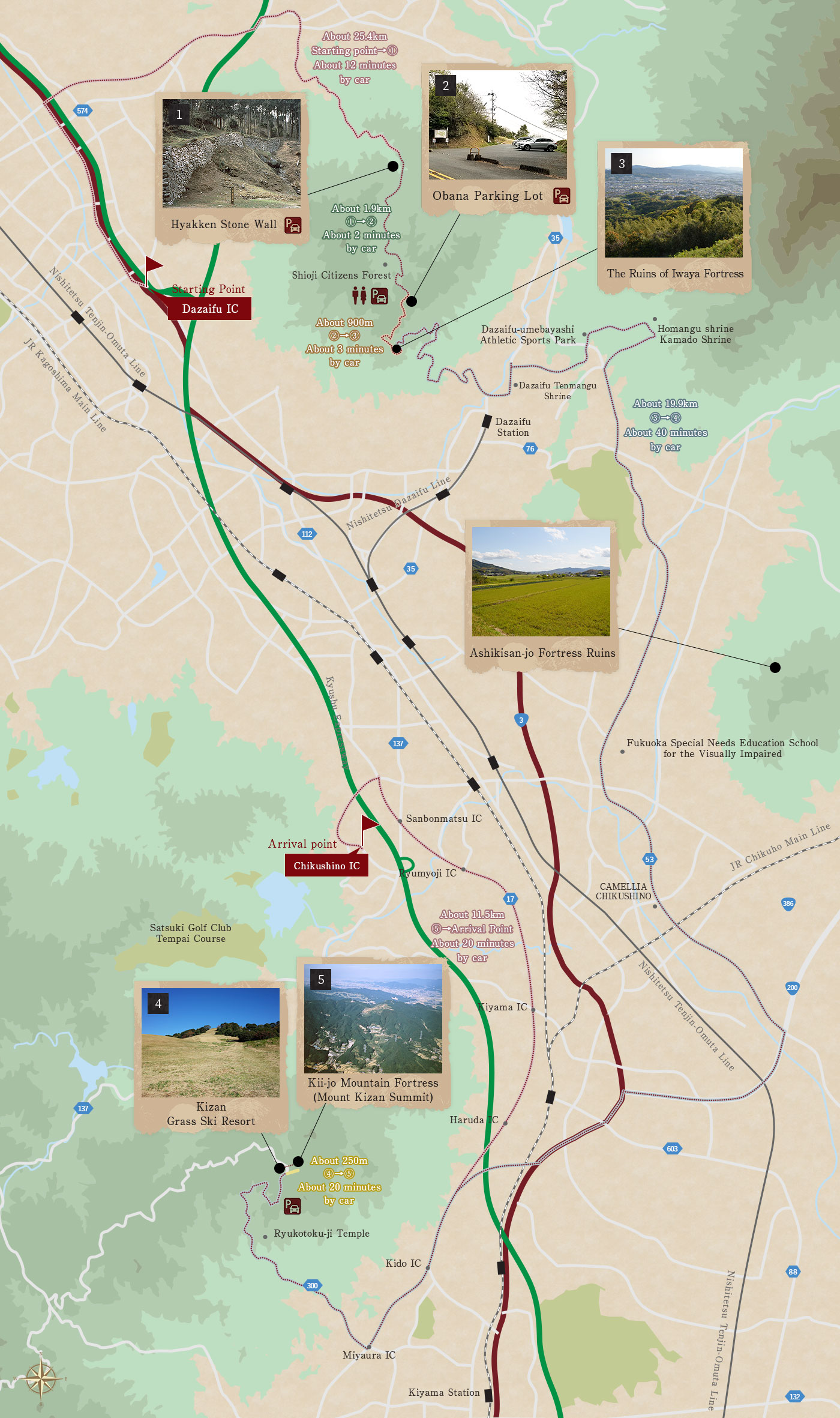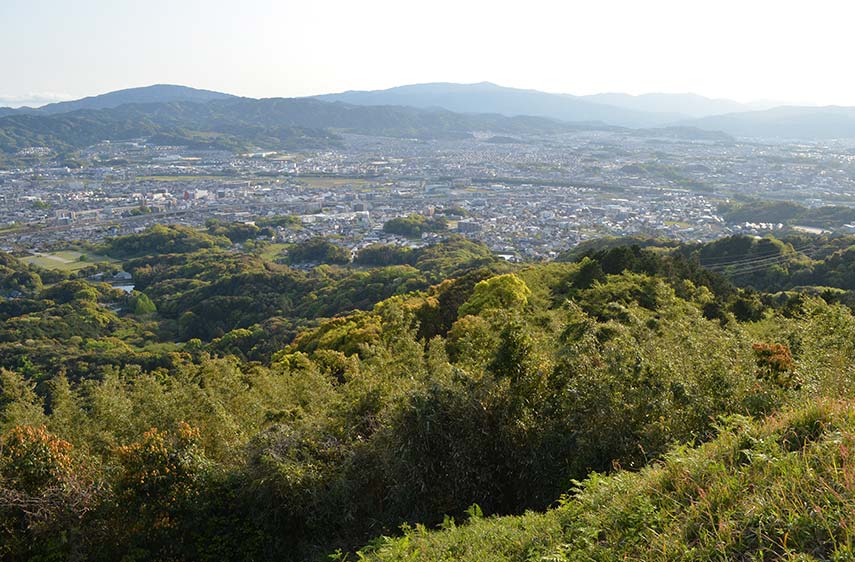- A. The “Western Capital” Prayer and Man'yoshu Course
- B. The “Western Capital” Technology and Defenses Course
The “Western Capital” Prayer and Man'yoshu Course
This plan tours temples that spread Buddhist culture from the continent, mountain shrines built to quell the nation and pray for safe voyage, and places visited by the poets of the Man'yoshu mostly in Dazaifu, the center of the “Western Capital”, and lets you experience for yourself the era when a culture unique to Japan was being built.
A-1.
Northbound Course
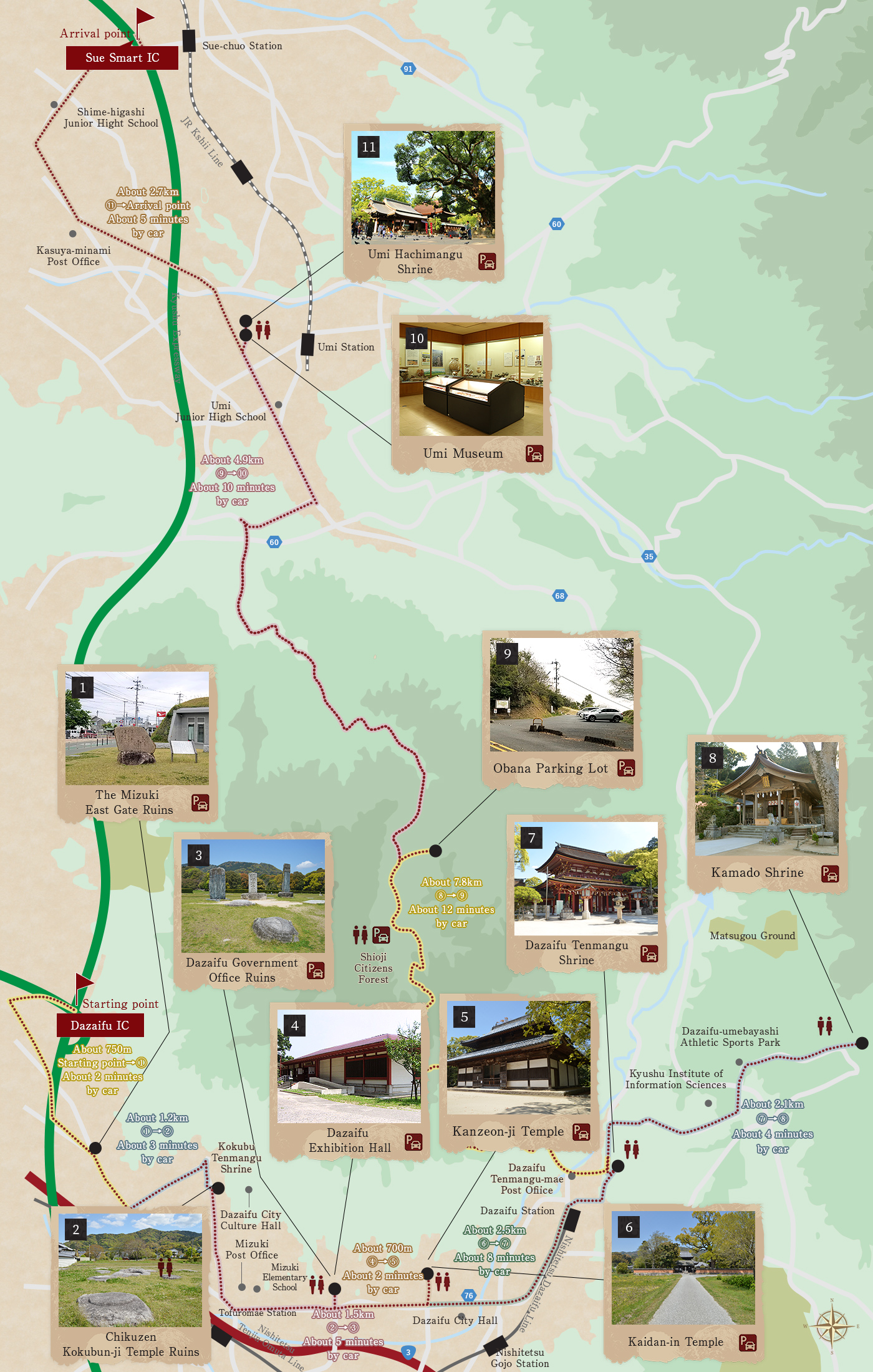
 Parking
Parking
 Restrooms
Restrooms
Dazaifu IC
About 2 minutes by car
A Gateway of Encounters and Farewells The Mizuki East Gate Ruins
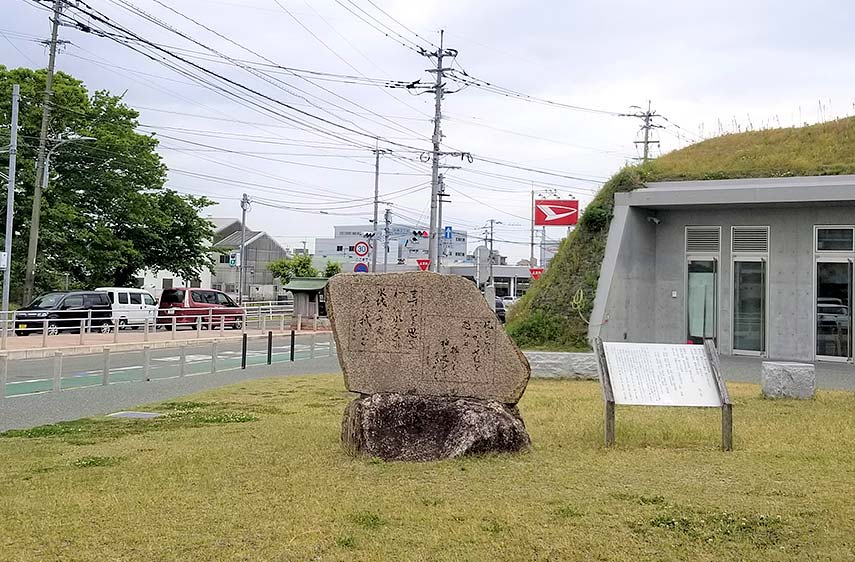
A fortress gate spanning 1.2 km in length built at Mizuki Fortress. The official road connecting to the capital passed through here, making this a place of encounters and farewells for those assigned here from the city. A poem by Otomo no Tabito written upon bidding farewell to the prostitute Kojima upon returning to the capital is famous in Japan.



About 3 minutes by car
The Pinnacle of Temples in Chikuzen Chikuzen Kokubun-ji Temple Ruins
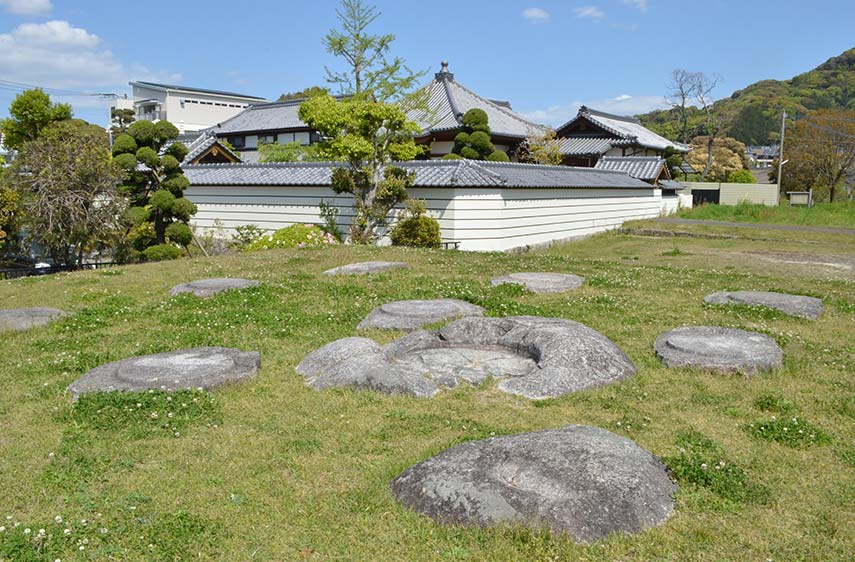
Kokubun-ji Temple was built on the orders of Emperor Shomu. Here, prayers were offered to quell the nation through Buddhism.
Pagoda ruins, lecture hall, cloister, and other ruins have been found, and the seven-storied pagoda that once existed here was called the “the flower of the nation” and served as a symbol of Kokubun-ji Temple.

About 3 minutes by car
The Center of Politics and Diplomacy Dazaifu Government Office Ruins
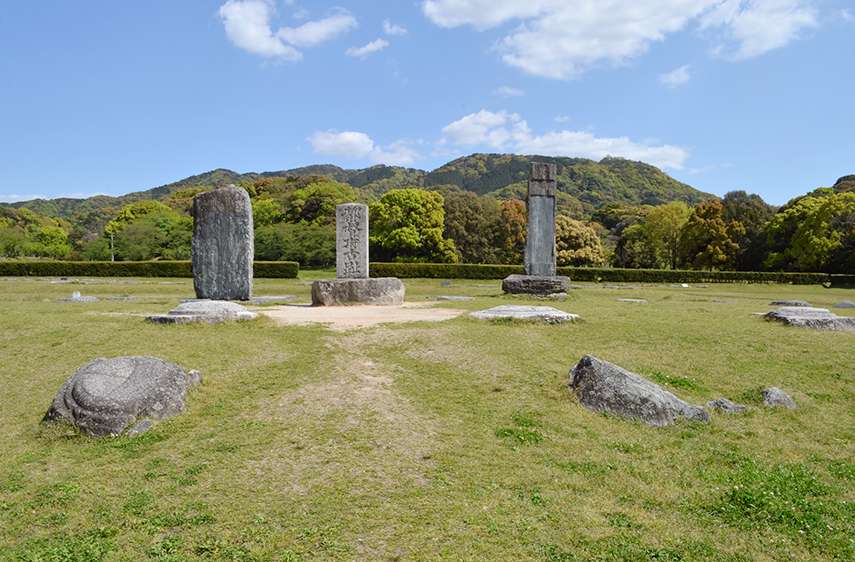
This was a place of government affairs and ceremony in the heart of Dazaifu, which governed the entire Kyushu area, and was modeled after a city palace with large buildings covered in beautifully patterned tiles lined up in symmetrical rows. Famous Man'yoshu poet Otomo no Tabito and others also conducted their political affairs here.



About 1 minutes on foot

Where You Can Experience History and Culture Dazaifu Exhibition Hall
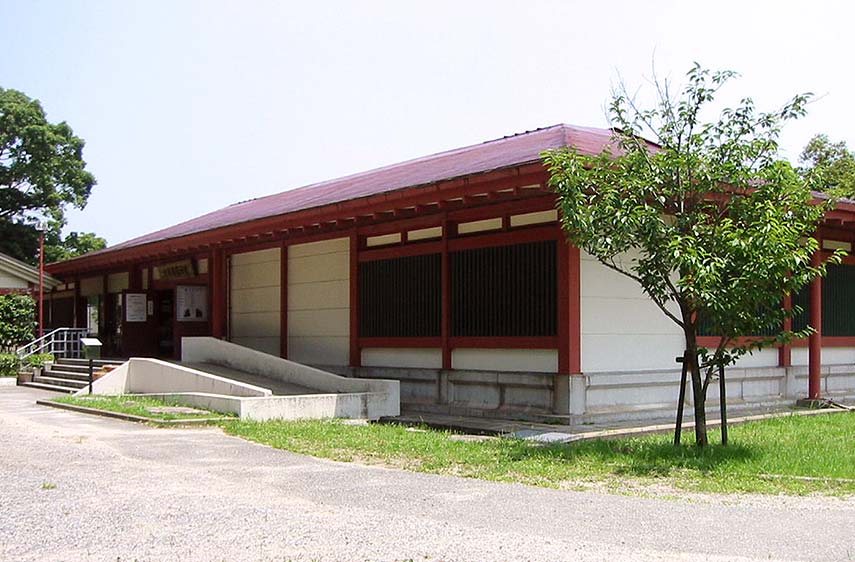
This facility preserves and publicizes relics found during archaeological excavations, as well as hosts presentations on Dazaifu’s history and displays excavated items. There are restored models of the Dazaifu Government Office, a diorama of “Baika no en” (The Plum Blossom Banquet) by a Hakata doll maker, and many other highlights, as well as a replete team of volunteers to explain the historical site.


About 2 minutes by car
Which Tells of Exchange With the Continent to This Day Kanzeon-ji Temple
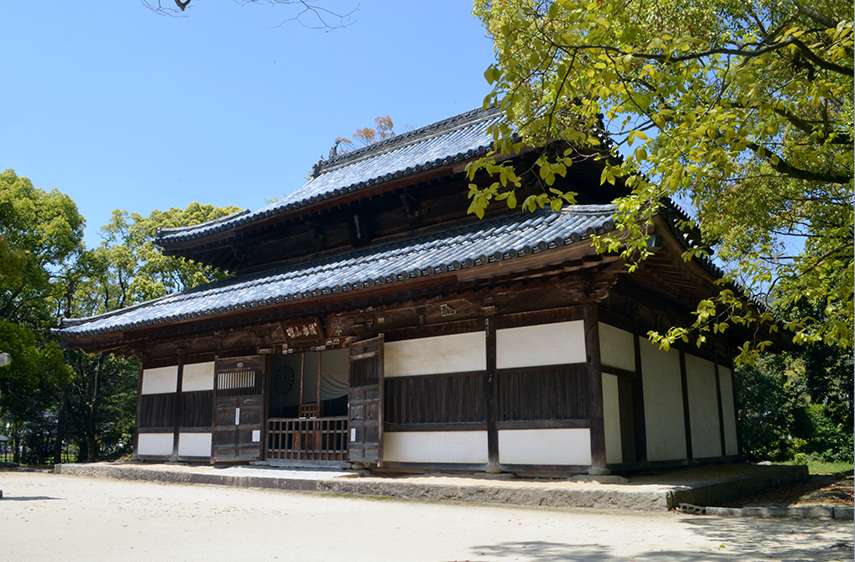
Kanzeon-ji Temple, built at the request of Emperor Tenji to memorialize Emperor Saimei, who died in Tsukushi, this large temple is the pinnacle of Buddhist temples in Kyushu. This temple, which also had a musical band that performed court song and dance originating from the continent, was a place of exchange, and its many valuable cultural assets, such as its statues and roof tiles, can still be seen today.



About 1 minutes on foot
Where Many Monks Were Produced Kaidan-in Temple
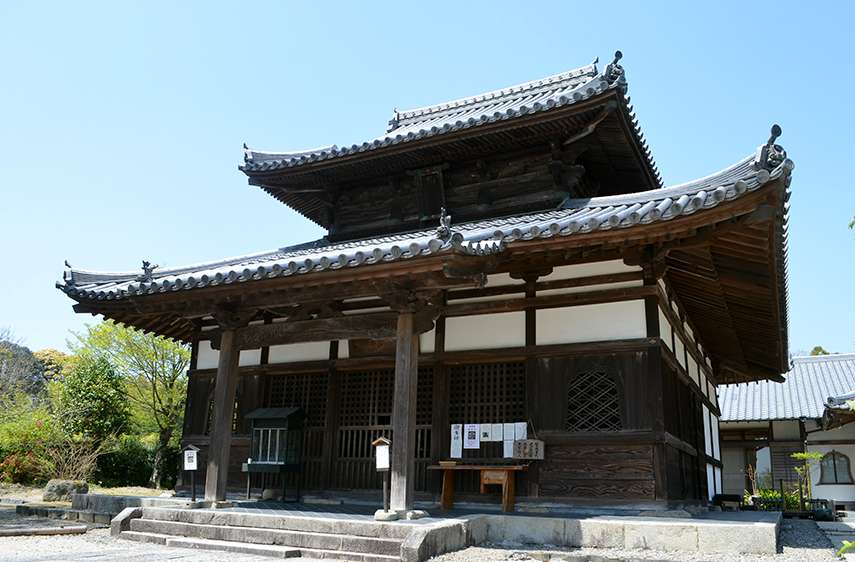
The moral code and group rules that monks must follow are called precepts, and the ceremony of granting these precepts is called handing down the precepts. The person who brought these precepts to Japan was Jianzhen, a Tang priest who came to Japan at Emperor Shomu’s invitation. On his way to the capital, Jianzhen performed the first handing down of the precepts in Japan at Kanzeon-ji Temple, and Kaidan-in was later established as the place for this ceremony in Kyushu.

About 4 minutes by car
Worshipping Sugawara no Michizane, the God of Learning Dazaifu Tenmangu Shrine
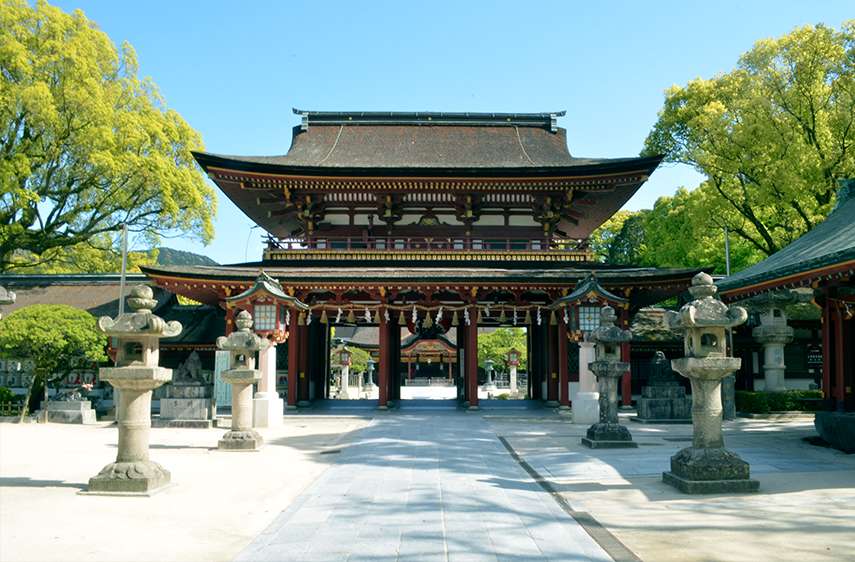
Dazaifu Tenmangu is a mausoleum enshrining Sugawara no Michizane and, together with Kitano Tenmangu in Kyoto, is the head shrine for Tenmangu Shrines across Japan. Because Michizane was an excellent man of literature and scholar, he has come to be worshiped as a god of literature and academics. During the Heian Period, events from the continent such as the Winding Stream Banquet were held here, and some of these events are still held to this day.



About 3 minutes by car
A Demon Gate Protecting Dazaifu Kamado Shrine
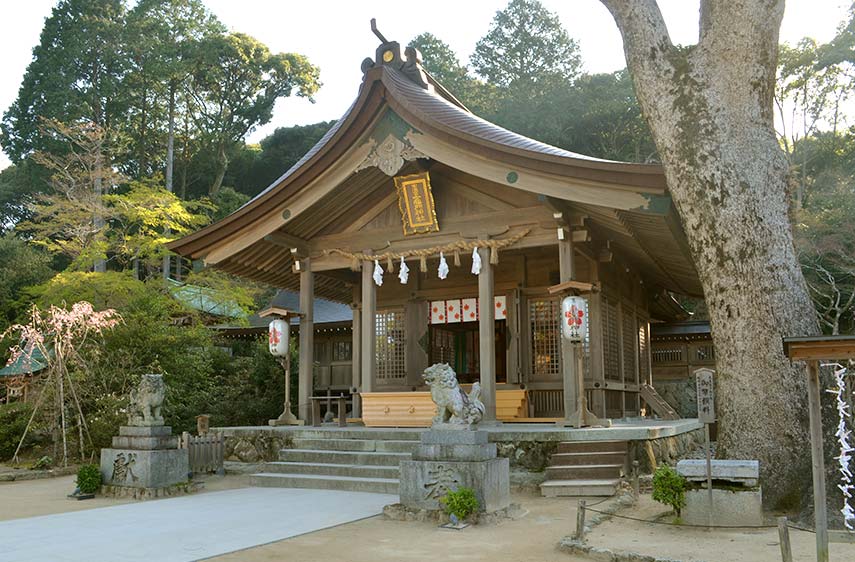
A shrine supporting the worship of Mount Homan positioned as the “demon gate” (a gate to the northeast, considered the unlucky direction) of Dazaifu, there is an upper shrine at the summit of the mountain and a lower shrine at its foot. This temple once enshrined both gods and buddhas, and near the lower shrine the remains of a cornerstone building can be seen, which is believed to be the site of the main temple of Kamado Shrine, which once existed here.



About 12 minutes by car
A Lookout Point for Ono-jo Fortress Ruins Obana Parking Lot
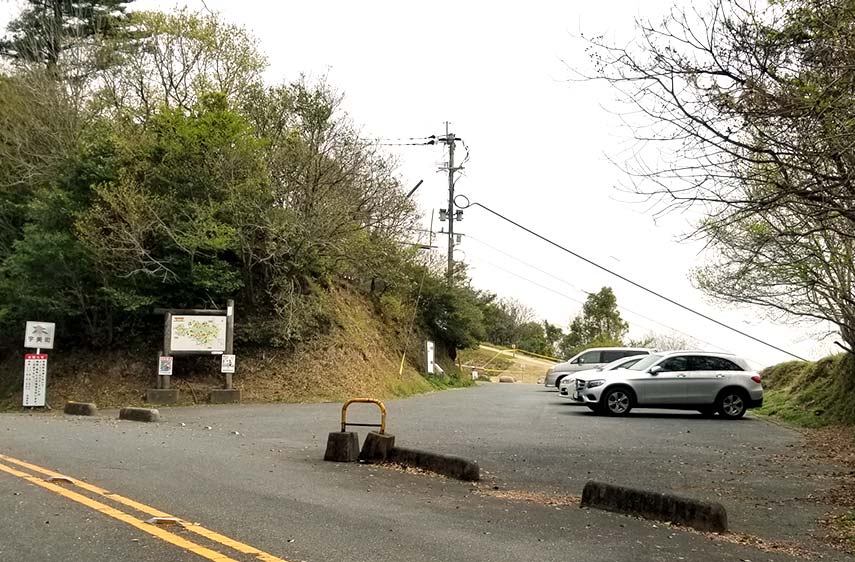
This parking lot, located on the south side of Ono-jo Fortress Ruins is nearby Dazaifuguchi Fortress Gate, said to be the entrance to the site of Ono-jo Fortress, as well as the Obana Foundation Stones, also called Yakigomegahara, where carbonized rice has been excavated, and the Zochoten Foundation Stones along with a pond, and more, serving as a hub for touring the south side of the fortress. The earthworks near the parking lot overlook Chikushi Plains to the south, offering views of Kii-jo Fortress and Ashikisan-jo Fortress Ruins.



About 20 minutes by car
Home to Historical Documents Covering a Wide Time Span Umi Museum
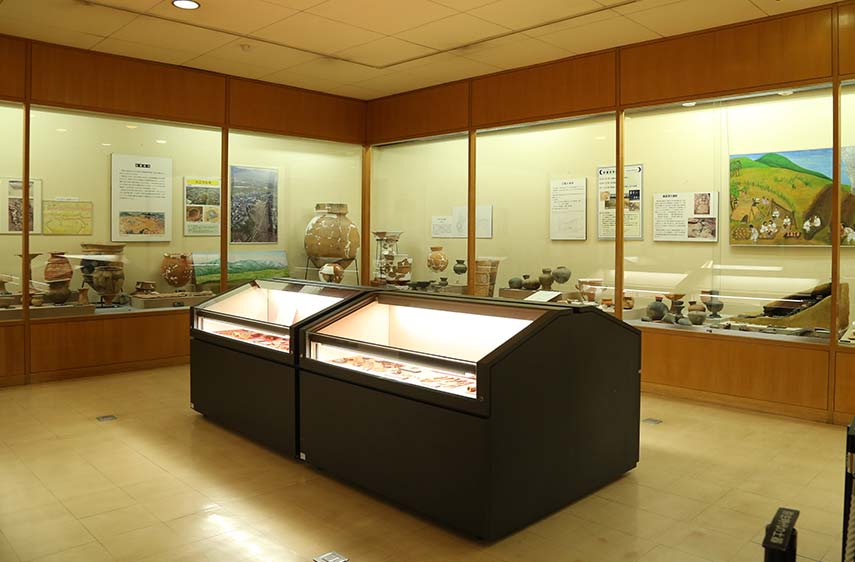
The town of Umi is dotted with historical sites, and items excavated from these show trade with foreign nations since antiquity. At the Umi Museum, valuable cultural assets are collected and displayed, from prehistoric stoneware, relics from the Jomon, Yayoi, and Kofun Periods, and items excavated from Ono-jo Fortress Ruins to materials that tell of life in the Middle Ages and Early Modern era.



About 1 minutes on foot
Tied to the Legend of Empress Jingu Umi Hachimangu Shrine

The Nihon Shoki writes that the place where Empress Jingu gave birth to Emperor Ojin was named Umi after the word for “Umi” Umi Hachimangu Shrine has been designated by the prefecture as a tangible folk cultural asset for its status as a legendary place for praying for safe childbirth, with visitors flocking here every year to pray.



About 5 minutes by car
Sue Smart IC
 Parking
Parking
 Restrooms
Restrooms
JR Kiyama Station
About 10 minutes by car
A Historic Leisure Spot Kizan Grass Ski Resort

In the spring and fall, visitors can enjoy grass skiing down the slopes using wooden sleds. Grass skiing in Kiyama is mentioned in a document from 1938, meaning this has long been an important part of tourism in Kiyama. The poem from the Man'yoshu posted at the grass ski resort is said to have been written by Otomo no Tabito upon visiting Kii-jo Fortress.



About 20 minutes on foot
Kii-jo Mountain Fortress (Mount Kizan Summit)

Kii-jo Fortress was built in 665, the same year as Ono-jo Fortress. Near the summit, earthworks running along the mountain range still remain. The high ground at the summit offers panoramic views of the scenery. Otomo no Tabito once climbed Kii-jo Fortress to write a poem on the sorry of losing his wife.

About 20 minutes on foot
Kizan Grass Ski Resort
About 30 minutes by car
Gazing Up At Mount Tempai at Tempaizan Historical Natural Park
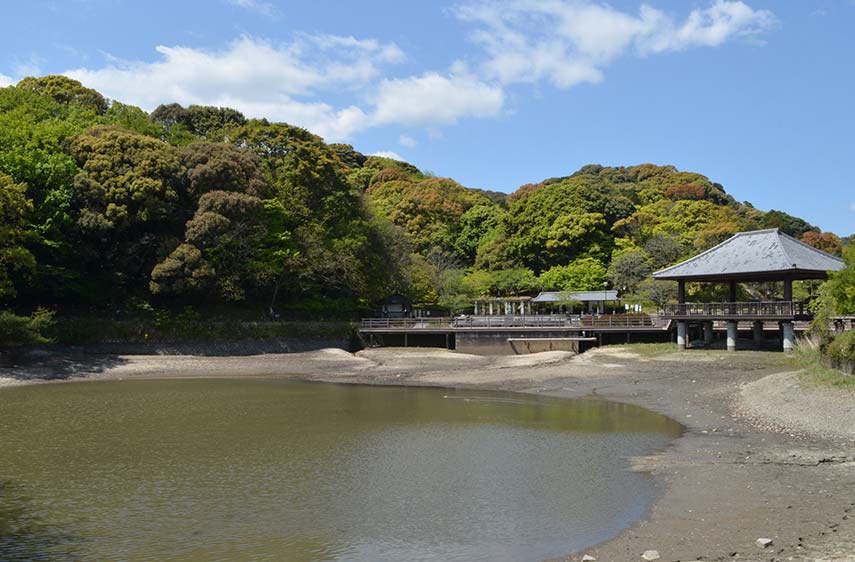
A park at the base of Mount Tempai that serves as the starting point for a climb up Mount Tempai. Every September, there is a Shinto ceremony in which a sacred flame lit at Dazaifu Tenmangu Shrine is carried to the summit of Mount Tempai in remembrance of the legend of Sugawara no Michizane praying for his innocence on this mountain, and moon-viewing parties to celebrate the harvest moon are held in the park as well.



About 30 minutes on foot
Overlooking the Western Capital Mount Tempai
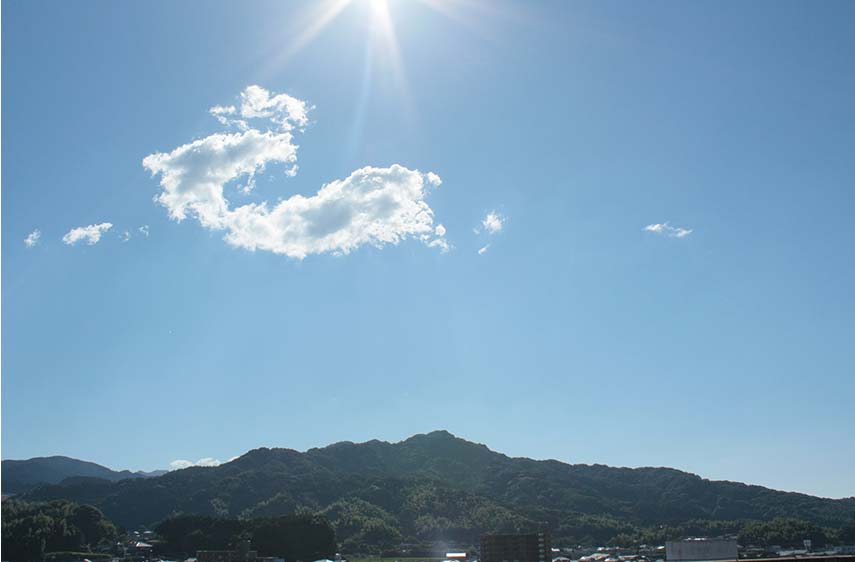
A low mountain with an altitude of roughly 257 meters where legend has it the Sugawara no Michizane, demoted to Dazaifu, prayed to the heavens for his innocence. The summit offers views of the “Western Capital” below, and on a clear day you can see as far as Hakata Bay.

About 30 minutes on foot
Gazing Up At Mount Tempai at Tenpaizan Historical Natural Park
About 3 minutes by car
A Place of Healing and Exchange Suita Hot Springs (Futsukaichi Hot Springs)

Mentioned in the Man'yoshu, Suita Hot Springs was visited by such famous people as Otomo no Tabito, Governor-general of Dazaifu. “Songs to Make the Dust Dance on the Beams” written at the end of the Heian Period states that high officials from Dazaifu, monks from Kanzeon-ji, Anraku-ji and Shio-ji Temples, samurai and cooks of Dazaifu, and those from Buzo-ji Temple would bathe here in that order, and that it not only healed exhaustion but served as a hub of exchange between officials and monks who bathed together in these springs.


About 4 minutes by car
Conveying advanced architectural culture to this day The abandoned Sugizuka Temple

This ancient temple was built around the beginning of the Nara period, and the remains of its cornerstone building have been discovered. Covered in the same cylindrical or flat eave-end roof tiles as used in the Dazaifu Government Office and other area government buildings, this historical site shows that buildings were decorated with advanced tiles not only in the capital, but in the outskirts as well.


About 5 minutes by car
The Center of Politics and Diplomacy Dazaifu Government Office Ruins

This was a place of government affairs and ceremony in the heart of Dazaifu, which governed the entire Kyushu area, and was modeled after a city palace with large buildings covered in beautifully patterned tiles lined up in symmetrical rows. Famous Man'yoshu poet Otomo no Tabito and others also conducted their political affairs here.



About 5 minutes by car
Dazaifu IC
- A. The “Western Capital” Prayer and Man'yoshu Course
- B. The “Western Capital” Technology and Defenses Course


